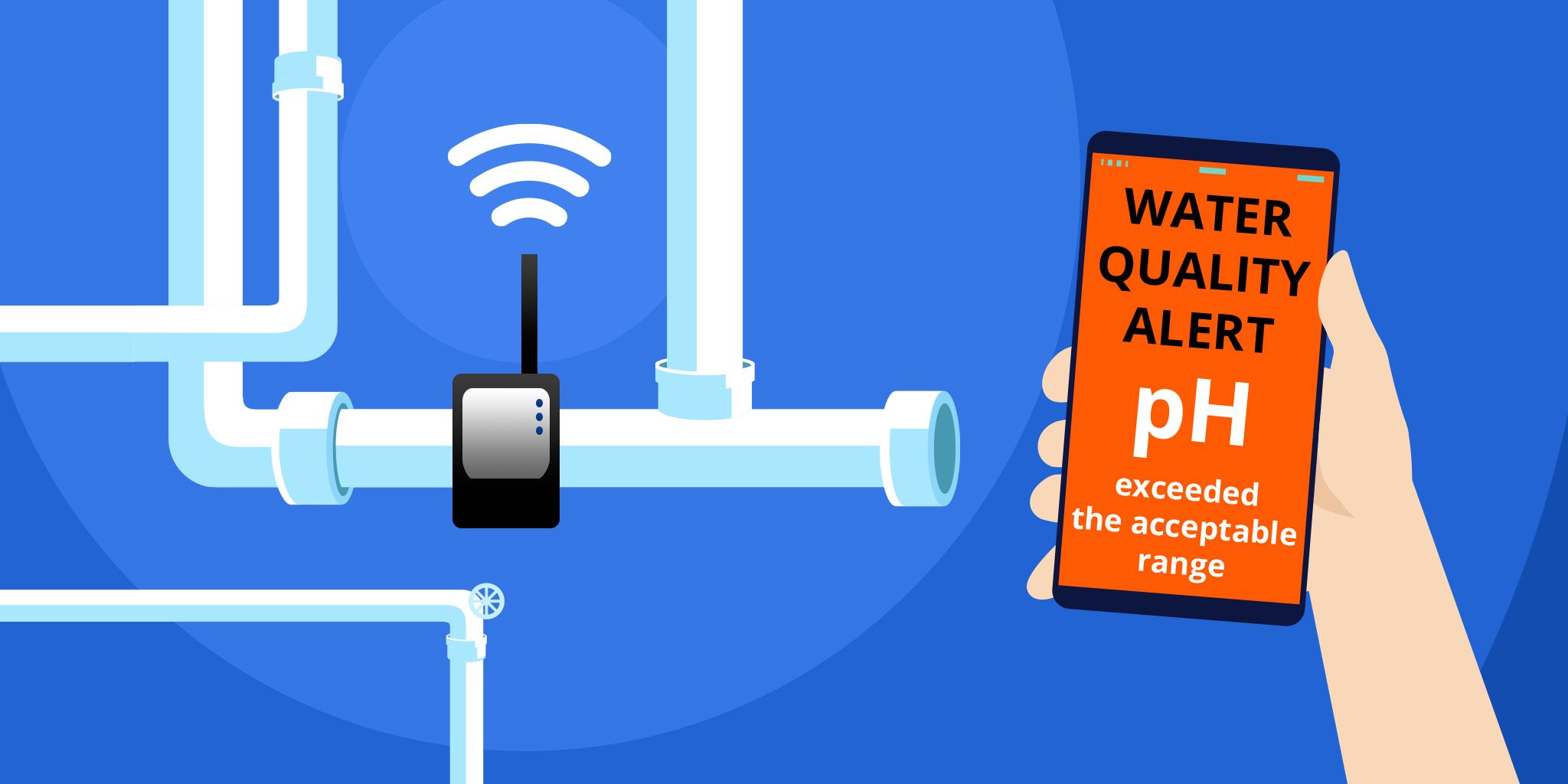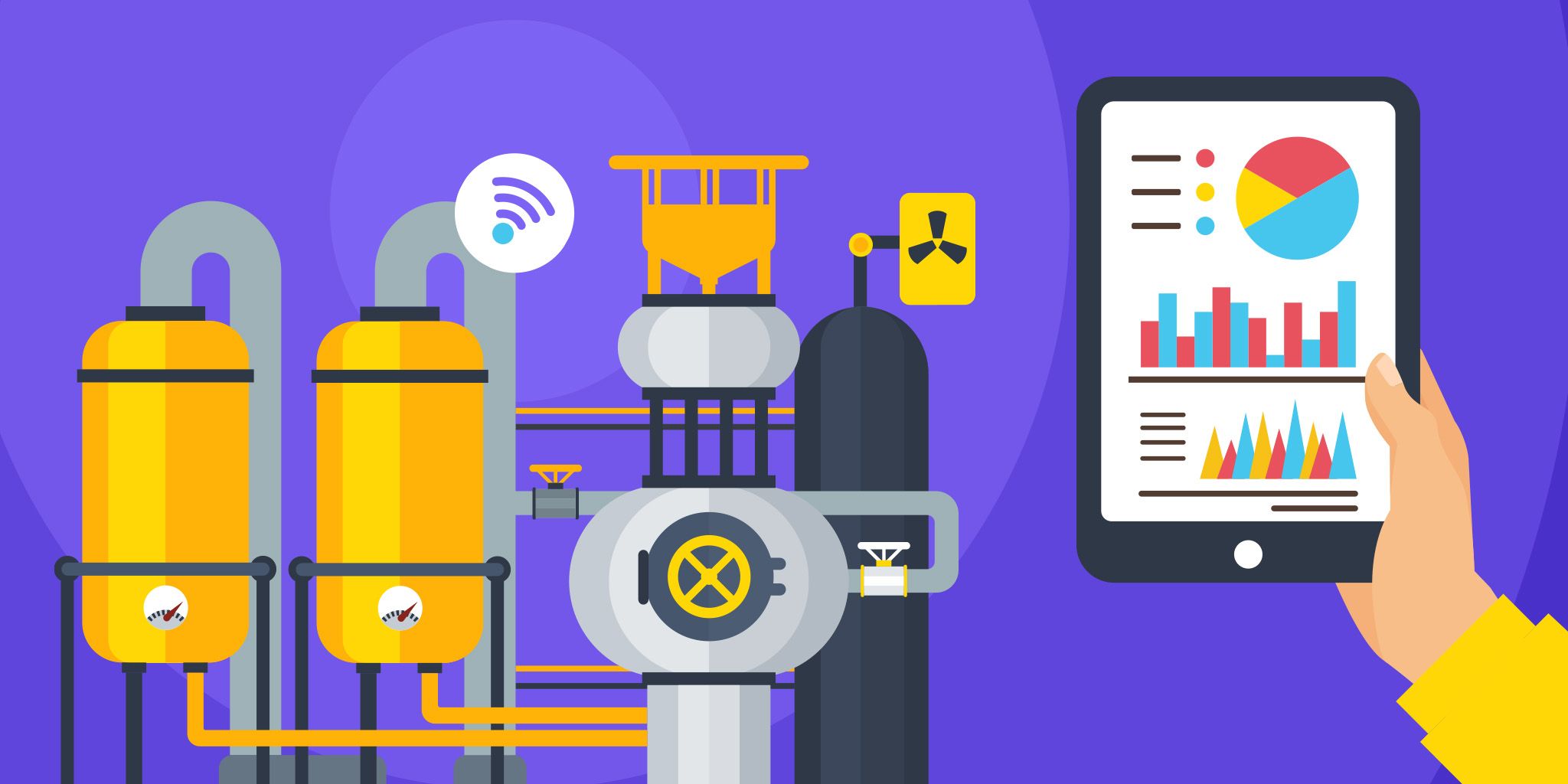Water Conservation with Smart Metering: Taiwan's Water Crisis
Water Conservation with Smart Metering: Taiwan's Water Crisis
- Last Updated: December 2, 2024
Guest Writer
- Last Updated: December 2, 2024



Taiwan receives around 2000 millimeters of rainfall every year. However, 70% of the rainfall is from typhoons and storms. The Taiwan government has been struggling to store enough water in their reservoirs and other facilities due to lack of proper infrastructure, which is the biggest contributing factor to neglected leaks in the households and communities throughout Taiwan.
Research conducted by the Water Resource Department stated that the yearly water resources of a person in Taiwan are one-sixth of the global average, which is less than that of anyone living in the hottest middle eastern country. Since most of Taiwan's rainfall comes from typhoons, there aren't many freshwater sources in the country.
The digitalization of water meters with IoT is one of the most innovative and direct solutions that answer Taiwan's water challenges.
This has forced the government of Taiwan to promote water conservation. Despite the improvement in mindset due to the water conservation program, Taiwan is still plagued by problematic leakages. In fact, leakages are one of the major reasons Taiwanese households have to ration their water every year.
Water Shortage Resolution
To resolve the water shortage, the Taiwan government initiated a Smart Water Metering program in 2019. The digitalization of water meters is one of the most innovative and direct solutions that answer Taiwan's water challenges. From a consumer point of view, it allows them to monitor their water usage, thereby encouraging water conservation. From the utility point of view, it eliminates the need for manual ready, enables accurate and automatic billing, therefore, improves the overall customer experience.
Smart water metering not only helps the government conserve water, but it also helps monitor usage of water in high-demand areas such as industrial water use. This is especially important as Taiwan is a major hub for semiconductor manufacturing.
On top of monitoring usage, the sensor can also identify leaks early, allowing utility companies to repair failing infrastructure instead of waste precious water. Since the announcement of the smart water meter's nationwide rollout, IoT service providers have been working closely with the Taipei Water Department to test out low-power Sigfox based water meter readers in Taipei City.
Smart Water Meter Benefits
Instead of taking water readings manually at the beginning of every month, the smart meter reader will collect all this data daily. The overall water consumption by households, communities, and cities will be stored in the cloud and analyzed later for better management of water conservation planning. Once that data is organized, a platform displays the data and helps the respective parties see how much water they are using.
Smart water metering also helps utility identify leakages quickly. Leaks in the house are very troublesome and expensive to fix as they adversely affect the piping, flooring, and furniture. With smart water meters, you will be notified as soon as there is even a smidge of excess water usage in your home.
Once consumption data is easily collected, statements on usage can be generated easily for payments. All billings can be done online, and any disputes in billing can be verified with real-time, accurate data. With climate change and rapid urbanization, urban cities will continue to face a shortage of water resources. Governments must act now to address the growing demand, rising energy prices, and outdated water systems, or the utilities will be nowhere near to curbing the water crisis in South Asian countries.
By collecting and analyzing water consumption data daily with IoT sensors, smart water metering may very well be the most effective solution to tackle Taiwan's water crisis.
The Most Comprehensive IoT Newsletter for Enterprises
Showcasing the highest-quality content, resources, news, and insights from the world of the Internet of Things. Subscribe to remain informed and up-to-date.
New Podcast Episode

Moving Past the Pilot Phase in IoT and AI
Related Articles





